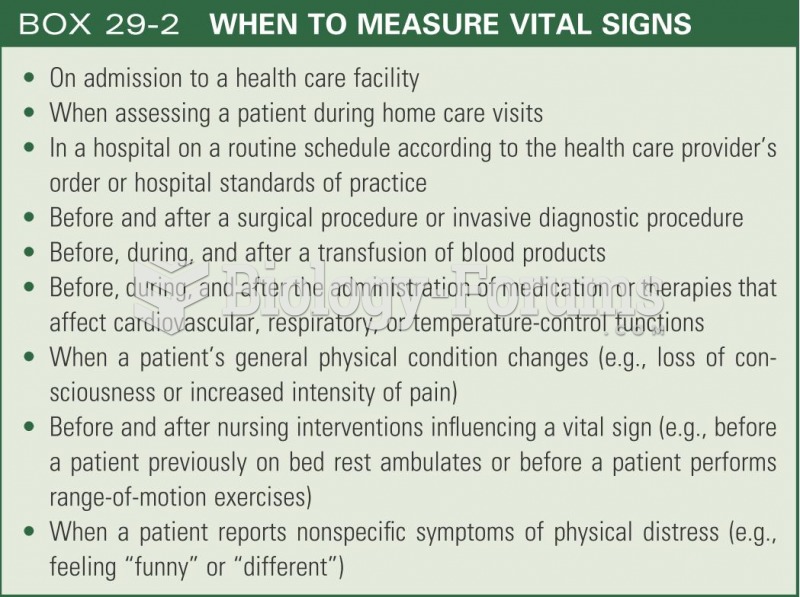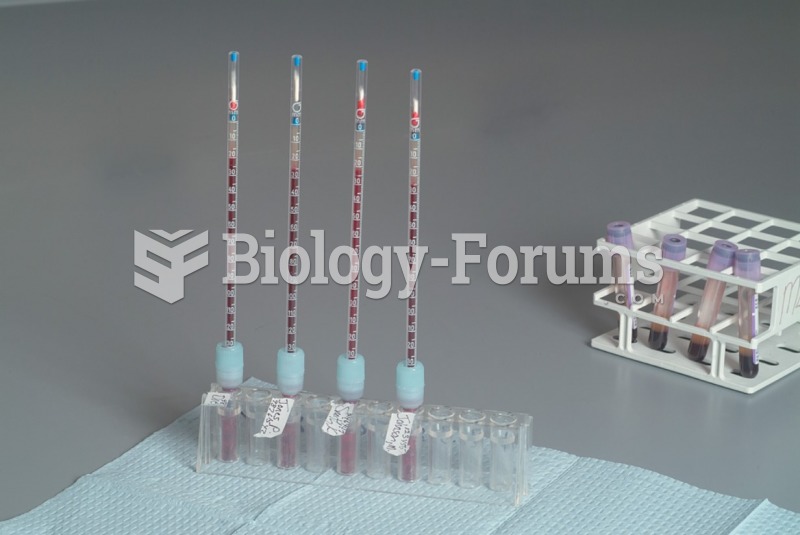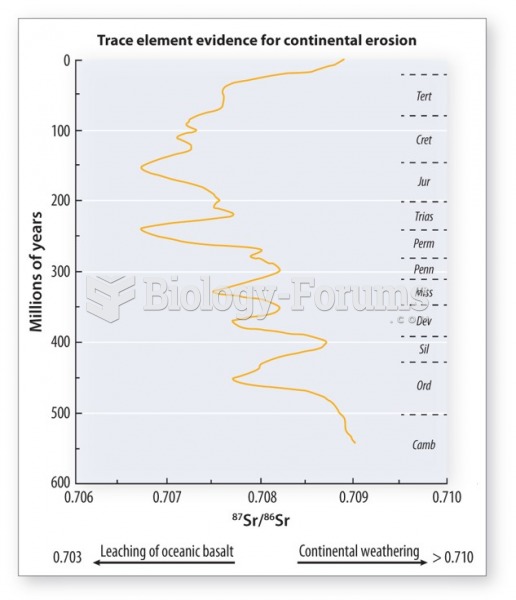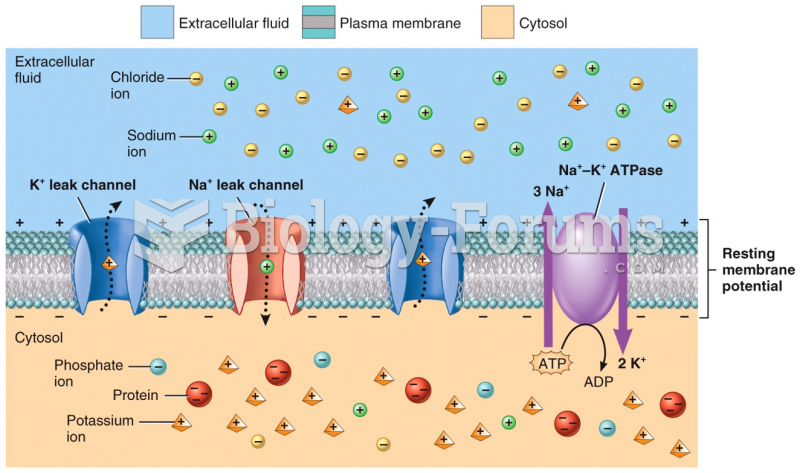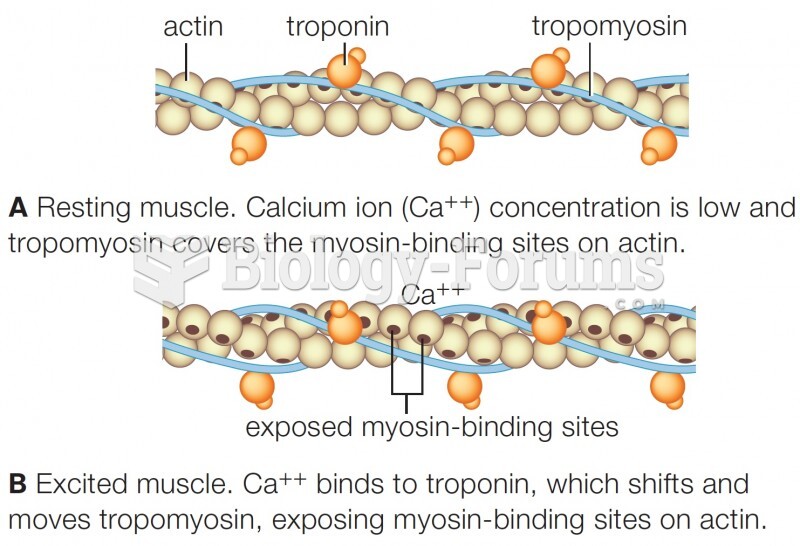Answer to Question 1T
Answer to Question 2ANS:Soil
testing is any chemical or physical measurements that are made on soil. In common usage, the
term means rapid chemical analysis to assess available nutrient status and pH of soil, including
interpretation and fertilizer recommendations.
Applying synthetic or organic fertilizers can increase yields and, thus, a grower's income. Fertilizers
are an expense, so a grower must gauge the amount used to realize the most profittoo little and the
most profitable yields will not be obtained, too much and nutrients can run off or leach into
groundwater creating environmental problems. Sampling and testing soil or testing samples of the
plants can provide the information needed for good fertilizing decisions.
The following list outlines categories of nutrient levels in plant tissue and productivity.
LEVEL I: DEFICIENT. The nutrient is clearly deficient; plant health, growth and
productivity are affected. After the missing mineral is applied, growth response is
strong and profitable.
LEVEL II: SUFFICIENT. Nutrient level satisfies plant needs. More fertilizer might
increase yields, but not enough to offset fertilizer cost. Growers may fertilize to
replace nutrients lost in harvest.
LEVEL III: HIGH. Nutrient levels are high, yields are maximum. Additional
nutrients would be stored in the plant (luxury consumption). Fertilization could shift
the plant to Level IV or contribute to water pollution.
LEVEL IV: TOXIC. Nutrient levels in plant tissue are detrimental, or an excess of
one nutrient has caused a shortage of another. Yields decline. This level presents
great potential for environmental pollution.
The most economically efficient and environmentally sound level of fertilization is somewhat
less than that needed for optimum harvest. Over-application of fertilizer is always an economic waste,
creates environmental problems, and may create other nutrient difficulties.
There are three methods for identifying nutrient shortages in plants.
1. Visual inspection of crops for deficiency signs may uncover clear shortages. This
method notes only critical shortages after yield damage has occurred. And visible
symptoms may be unreliable. Deficiency symptoms are species dependent; a
shortage may look very different on one plant than on another. Visual inspection
cannot determine how much nutrient to apply.
2. Soil tests measure nutrient levels in soil as well as other soil features. Growers
depend on these tests to determine lime and fertilizer needs. Soil tests have limits,
however. Conditions that affect nutrient uptake, such as wet soils, cannot be detected
in the laboratory.
3. Tissue testing measures nutrient levels in plant tissue itself. This type of testing may
uncover problems soil testing misses.
Of the three methods described, soil testing is most important for a majority of crops, especially annual
farm crops.


